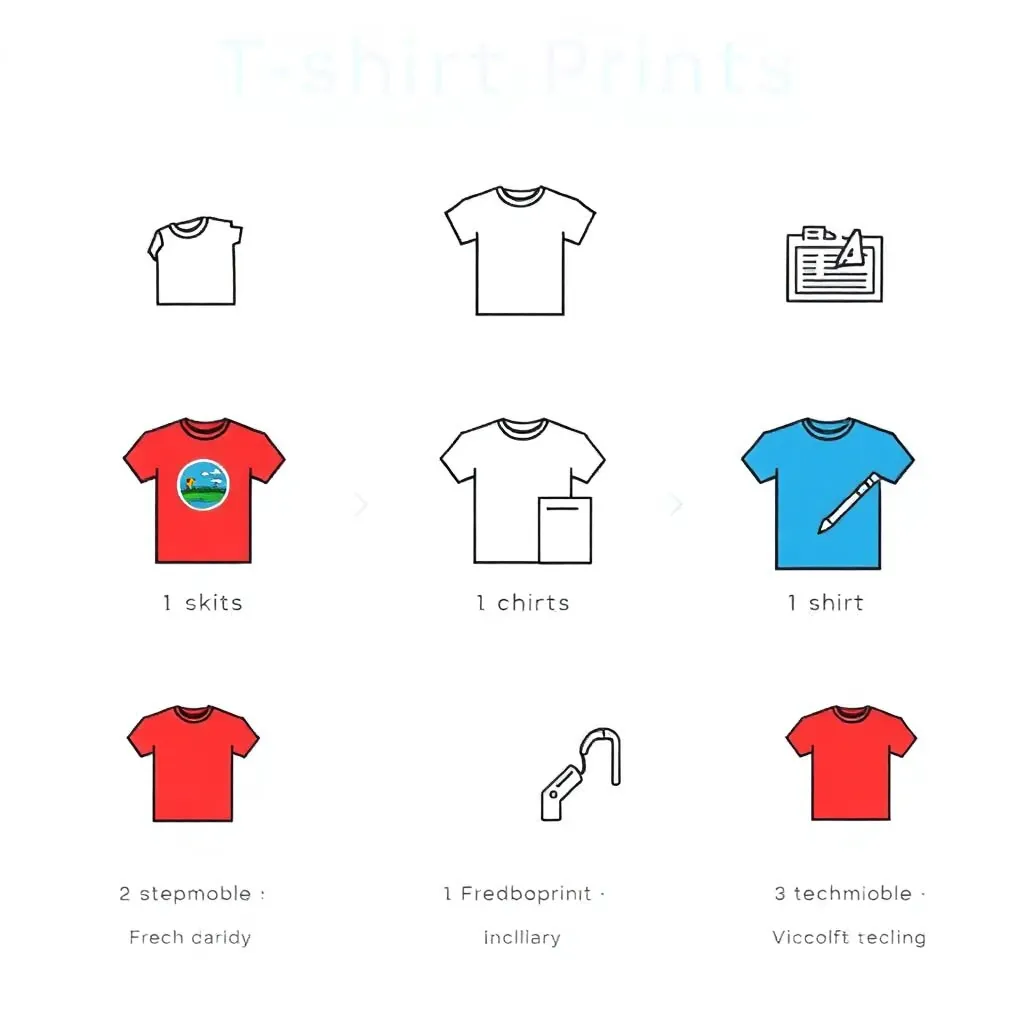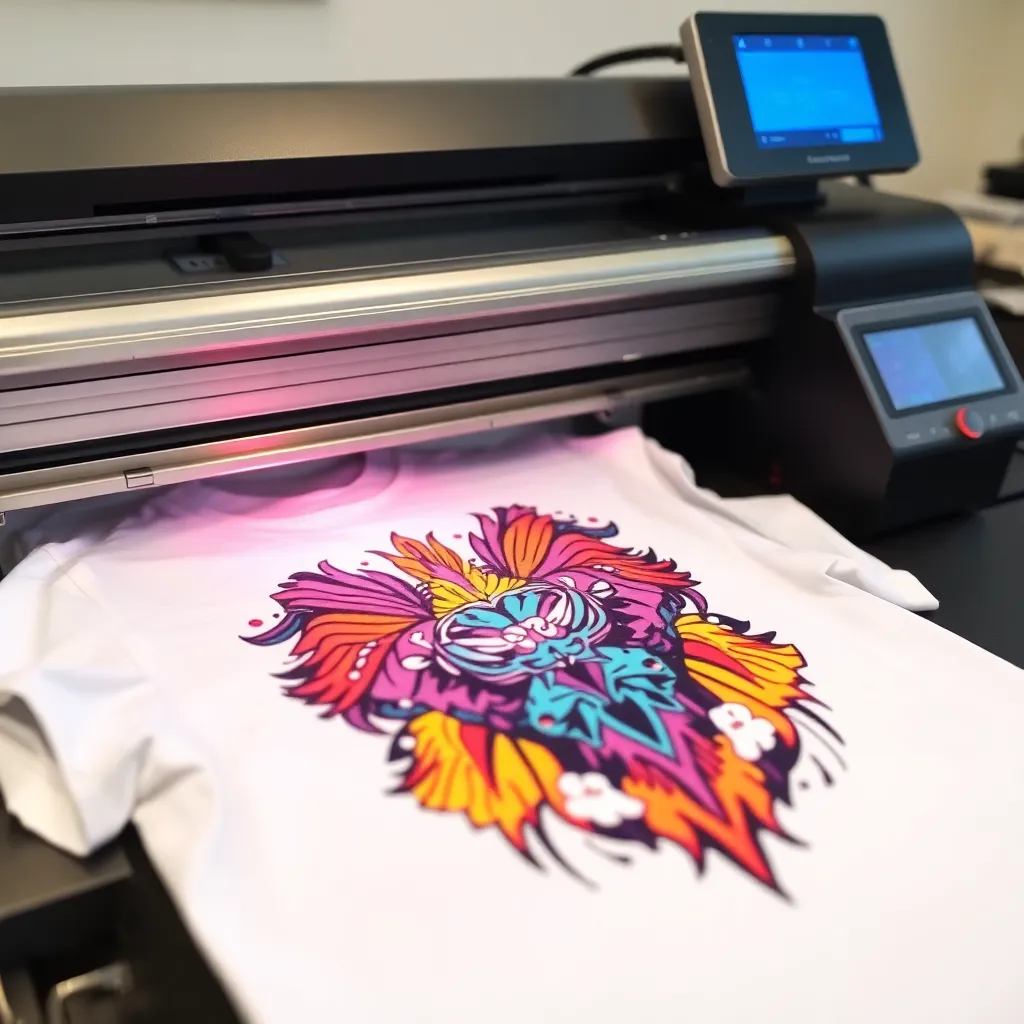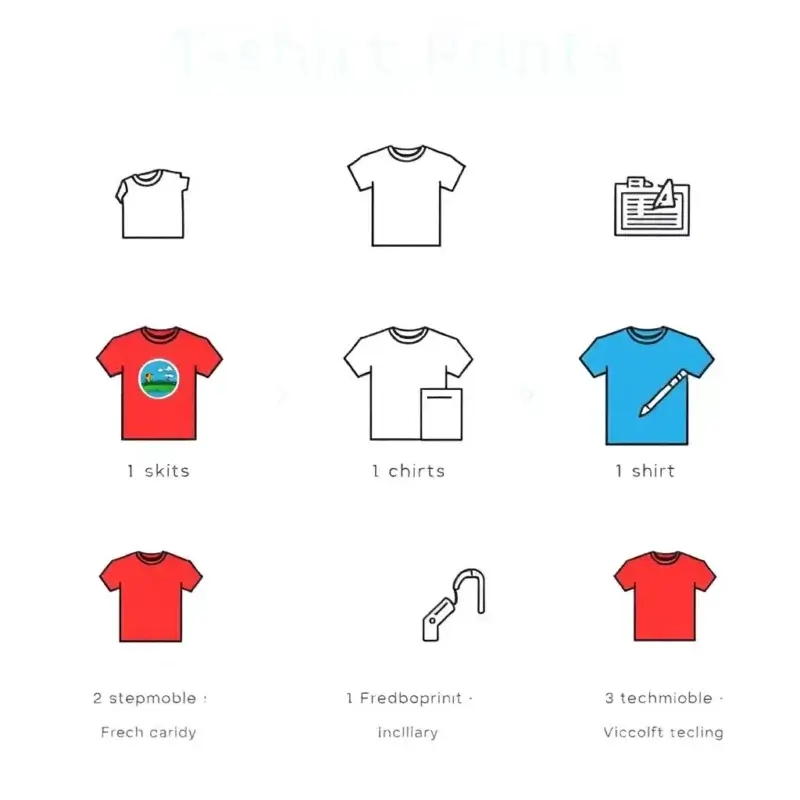T-Shirt Printing 101: A Beginner’s Guide to Customizing Your Tees
Customizing your own t-shirts offers a world of possibilities, from showcasing your personal style to promoting a business or creating one-of-a-kind presents. With the rise of digital printing technology, it’s now easier than ever to bring your designs to life. According to Statista, the custom t-shirt printing market is projected to continue growing, making it an exciting time to get involved.
Whether you’re an artist, entrepreneur, or simply someone looking to make a statement, custom t-shirt printing can be a powerful tool for self-expression. By leveraging online design tools and printing services, you can turn your ideas into high-quality, wearable art without breaking the bank. With a little creativity and practice, the possibilities are endless.
Before diving into the world of custom t-shirt printing, it’s essential to understand the basics. This includes choosing the right fabric, selecting a suitable printing method, and designing your artwork with the intended outcome in mind. In this guide, we’ll demystify the process, providing you with a solid foundation to build upon and inspiring you to unleash your creativity.
Understanding T-Shirt Printing Methods
Screen printing is a traditional method that involves pushing ink through a mesh screen to create a design on the t-shirt. This method is ideal for large orders and produces vibrant, durable prints. However, it has a high setup cost and is not suitable for small orders or complex designs. According to Silk Screening, screen printing is a popular choice for promotional products and apparel.
Direct-to-garment (DTG) printing, on the other hand, uses inkjet technology to print directly onto the t-shirt. This method is perfect for small orders, custom designs, and photographic images. DTG printing produces soft, comfortable prints, but the ink may not be as durable as screen printing. Additionally, DTG printing can be more expensive than screen printing for large orders.
Heat transfer printing involves applying a heat press to transfer a design onto the t-shirt. This method is great for small orders and produces durable prints. However, it can be time-consuming and may not be suitable for complex designs. Heat transfer printing is often used for custom apparel and promotional products.
Dye sublimation is a digital printing method that uses heat to transfer dye onto the t-shirt. This method produces vibrant, full-color prints and is ideal for polyester and polyester-blend fabrics. However, it may not be suitable for cotton fabrics and can be more expensive than other methods. According to Digitally Printed, dye sublimation is a popular choice for custom sportswear and apparel.

Screen Printing: The Classic Choice
Screen printing is a timeless technique that has been used for decades to produce high-quality, custom t-shirts. The process involves pushing ink through a mesh screen, which is coated with a light-sensitive emulsion, to create a design on the t-shirt. This method allows for vibrant, durable prints that can withstand repeated washing and wear.
One of the significant advantages of screen printing is its cost-effectiveness for large orders. Since the initial setup costs are higher, it becomes more economical to produce a large quantity of t-shirts. This makes it an ideal choice for businesses, events, or organizations that need to order t-shirts in bulk.
However, screen printing may not be the best option for small batches or one-off designs. The initial investment in equipment and screens can be substantial, making it less viable for limited quantities. Additionally, the process of creating a screen for a single design can be time-consuming and costly.
Despite these limitations, screen printing remains a popular choice for many businesses and individuals due to its ability to produce high-quality, long-lasting prints. According to the Specialty Graphic Imaging Association, screen printing is still one of the most widely used methods for custom apparel printing.
Direct-to-Garment (DTG) Printing: The Digital Option
DTG (Direct-to-Garment) printing is a digital printing method that uses specialized inkjet printers to print directly onto the t-shirt. This process allows for high-quality, photorealistic images to be printed onto the garment, making it ideal for custom designs and small orders.
The initial investment in a DTG printer can be substantial, but it offers numerous benefits, including flexibility and convenience. With a DTG printer, you can print on demand, which means you can produce and fulfill orders as they come in, eliminating the need for bulk inventory.
According to Printing News, DTG printing is particularly well-suited for small businesses, entrepreneurs, and artists who want to offer custom apparel without the high upfront costs associated with traditional screen printing methods.

Designing Your T-Shirt: Tips and Tricks
When it comes to creating a design for printing, there are several key factors to consider. One of the most important is the color palette, as it can greatly impact the overall aesthetic of the final product. Choosing a palette that is consistent and cohesive will help to create a professional-looking design. Additionally, font choice is crucial, as different fonts can evoke different emotions and convey different messages.
Another critical aspect of design is image resolution. A high-quality image or vector graphic is essential for ensuring a crisp print. A low-resolution image can result in a blurry or pixelated print, which can be detrimental to the overall look and feel of the design. It’s also important to keep the design simple, yet impactful, to avoid overwhelming the viewer.
For those who are new to design, there are many resources available to help get started. Websites such as Canva (https://www.canva.com/) and Adobe Creative Cloud (https://www.adobe.com/creativecloud.html) offer a range of design tools and tutorials to help beginners learn the basics. With a little practice and patience, anyone can create a professional-looking design for printing.
Conclusion: Getting Started with T-Shirt Printing
Customizing your own t-shirts can be a fun and creative way to express yourself, and with the right knowledge, anyone can do it. By choosing the right printing method for your project, you can ensure that your design turns out exactly as you envisioned it. Whether you’re using screen printing, direct-to-garment printing, or heat transfer vinyl, each method has its own unique benefits and drawbacks.
Designing with care is also crucial when it comes to customizing your own t-shirts. Take the time to choose a font and color scheme that fits your brand or personal style, and don’t be afraid to get creative with your design. You can find inspiration online or use a design software like Adobe Illustrator to help bring your vision to life.
One of the most important things to remember when customizing your own t-shirts is to not be afraid to experiment and try new things. Don’t be discouraged if your first attempt doesn’t turn out exactly as you hoped – it’s all part of the learning process. With practice and patience, you’ll be creating unique and personalized t-shirts like a pro.
For more information on customizing your own t-shirts, check out online resources like Craftsy, which offers a range of tutorials and guides on various printing methods and design techniques. Happy printing!

